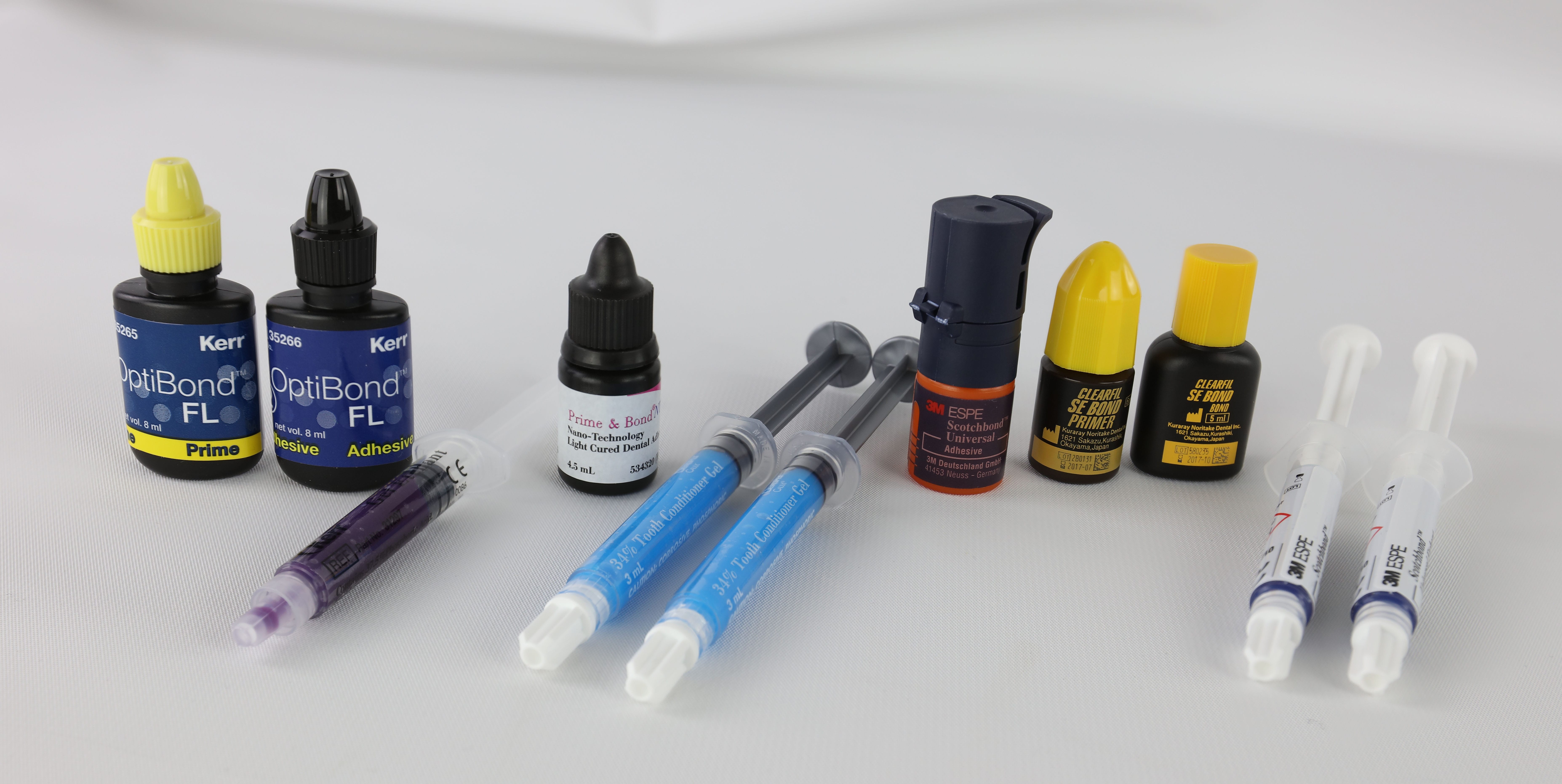As a dental professional, the tools you utilize are pivotal in delivering exceptional care to your patients. Among these essential instruments is the slow speed dental handpiece—a precision tool designed to operate at lower speeds than its high-speed counterpart. This guide will explore the significance of slow speed handpieces, key considerations for purchasing, and tips for selecting the ideal model for your practice.
The Importance of Slow Speed Handpieces
Slow speed handpieces typically operate between 5,000 to 40,000 RPM, while high-speed handpieces can exceed 300,000 RPM. The reduced speeds of slow speed handpieces allow for greater control and higher torque during intricate procedures such as:
- Caries removal
- Cavity preparation
- Polishing and prophylaxis
- Trimming and adjusting prosthetics
- Endodontic procedures like root canal treatment
- Implant surgeries and bone preparation
These versatile tools are indispensable in various dental procedures, enhancing both efficiency and patient satisfaction. Investing in the right slow speed handpiece can significantly improve your practice’s performance.
Key Considerations When Purchasing a Slow Speed Handpiece
When selecting a slow speed dental handpiece, it’s essential to evaluate several factors to ensure it aligns with your practice’s needs:
Type of Propulsion
- Air-driven: Powered by compressed air; lighter but typically noisier.
- Electric: Offers more torque and precise speed control; quieter but generally heavier and more expensive.
Attachments
Different attachments cater to various procedures:
- Contra-angles: Ideal for accessing hard-to-reach areas.
- Straight attachments: Used for extraoral tasks like trimming prosthetics.
- Prophy angles: Essential for polishing teeth during prophylaxis.
Speed and Torque
Choose a handpiece that matches your procedural needs. Higher torque at lower speeds is preferable for demanding tasks like implant work.
Ergonomics
Evaluate the weight, head size, and grip design for comfort during extended use. Lightweight models can reduce hand fatigue significantly.
Noise and Vibration
Electric handpieces operate at lower noise levels (under 40 dBA) compared to air-driven models (which can exceed 65 dBA). Lower vibration levels enhance patient comfort during procedures.
Compatibility
Ensure compatibility with your existing dental unit tubing to avoid costly replacements.
Budget and Value
While cost is a factor, prioritize value over price. A quality handpiece may have a higher upfront cost but can save on long-term repairs or replacements.
Top Brands and Models
Consider reputable brands known for their quality slow speed handpieces:
- KaVo (e.g., INTRAmatic series)
- DentalEZ (e.g., Titan 3)
- Dentsply Sirona (e.g., Midwest)
- NSK
- Bien-Air
- SciCan (e.g., STATIS)
Your Purchasing Workflow
- Assess your speed, torque, and attachment requirements based on common procedures.
- Decide between air-driven or electric models based on preferences regarding power, noise levels, and cost.
- Research brands that meet your technical specifications.
- Compare ergonomics, compatibility, warranty options, and after-sales service.
- Request demos or trials from top choices to ensure comfort and suitability for your workflow.
- Make your selection based on long-term value rather than just initial cost.
Maintenance for Longevity
To maximize the performance of your slow speed handpiece over time, adhere to proper maintenance protocols:
- Follow manufacturer recommendations for lubrication and sterilization.
- Opt for durable materials like stainless steel or titanium to enhance resistance to corrosion.
- Schedule professional maintenance every 6–12 months to identify potential issues early.
Prioritizing Ergonomics and Patient Experience
Comfort is paramount in dentistry—both for practitioners and patients. Selecting a comfortable handpiece minimizes strain on hands and wrists during lengthy procedures. Consider factors such as weight distribution, grip design, and head size.
Additionally, patient experience is influenced by noise and vibration levels. Electric handpieces offer quieter operation which can alleviate patient anxiety during treatments.
Conclusion: Investing in Quality Matters
Choosing the right slow speed dental handpiece is not just a purchase; it’s an investment in the efficiency of your practice and the satisfaction of your patients. By carefully considering factors such as propulsion type, attachments, ergonomics, noise levels, compatibility, budget, and overall value, you can make an informed decision that meets your specific needs.
Remember that a quality slow speed handpiece enhances not only your practice’s performance but also the overall experience for both you and your patients. Prioritize durability and after-sales support to ensure you maximize the benefits of your investment. With the right equipment in hand, you can elevate the standard of care you provide while fostering a positive environment in your practice.
What should I consider when choosing between an air-driven and an electric slow speed handpiece?
When choosing between an air-driven and an electric slow speed handpiece, consider the weight and comfort for prolonged use (air-driven are typically lighter), the noise level during operation (electric are usually quieter), the consistency of torque and cutting power (electric offer steadier torque), and your budget (air-driven are generally more cost-effective). Brands like NSK, Kavo, and Midwest offer various models to suit different needs.
How often do slow speed handpieces need maintenance, and what does it involve?
Slow speed handpieces should undergo professional maintenance every 6–12 months. Maintenance typically involves cleaning, lubricating, and replacing worn parts like O-rings and bearings. Some models, like the NSK slow speed handpiece, may have specific maintenance guidelines, so always refer to the manufacturer’s instructions.
Can I use the same burs for both high-speed and slow-speed handpieces?
No, high-speed and slow-speed handpieces generally require different burs due to the variance in RPM and torque. Slow speed handpiece burs are designed to withstand different pressures and speeds, so using the correct type is crucial for effective and safe dental procedures.
What is the typical lifespan of a slow speed handpiece, and how does it compare to high-speed models?
The lifespan of a slow speed handpiece can vary based on the frequency of use and adherence to maintenance schedules. Slow speed handpieces often have a longer lifespan than high-speed models due to their lower operating speeds and robust design. With proper care, a slow speed handpiece can last for several years.
Are there financing options available for purchasing slow speed handpieces?
Yes, many suppliers offer financing options for purchasing slow speed handpieces. This can include payment plans or leasing options, making it easier for dental practices to acquire quality equipment without a significant upfront investment. Providers like Henry Schein and Patterson Dental often provide such financial services.















